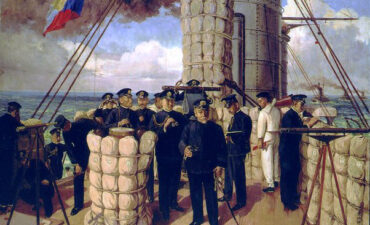What is the ‘smelly’ history of French royals and the palace of Versailles? French royals and the Palace of Versailles is indeed rich and often comes with its fair share of intriguing and, at times, “smelly” stories. Here are a few notable aspects:
Lavish Lifestyle:
The Palace of Versailles, constructed during the reign of Louis XIV in the 17th century, was a symbol of the extravagant lifestyle of the French monarchy. The palace was known for its opulence, extensive gardens, and lavish parties. The courtiers and nobles who resided there were expected to maintain a similarly extravagant lifestyle, which often involved excessive spending on clothing, jewelry, and other luxury items.
Perfume and Hygiene:
In the 17th and 18th centuries, personal hygiene was not a priority for many people, including the French aristocracy. Due to a lack of proper sanitation and bathing facilities, unpleasant odors were common. To mask these odors, people, including the royals, often used perfumes and fragrances. The courtiers at Versailles were known for their elaborate perfumes and scented powders, which they applied generously.
Lack of Toilets:
Sanitation in Versailles was primitive by modern standards. The palace lacked proper plumbing and sewage systems. Toilets were scarce, and the courtiers often used chamber pots, which were emptied into the palace’s courtyards. This lack of proper sanitation contributed to the overall “smelly” atmosphere in the palace.
Court Intrigues:
The court at Versailles was a hotbed of political and personal intrigues. Courtiers vied for the favor of the monarch, leading to alliances, betrayals, and power struggles. The competition for influence and position sometimes resulted in scandalous behavior, adding a layer of drama








